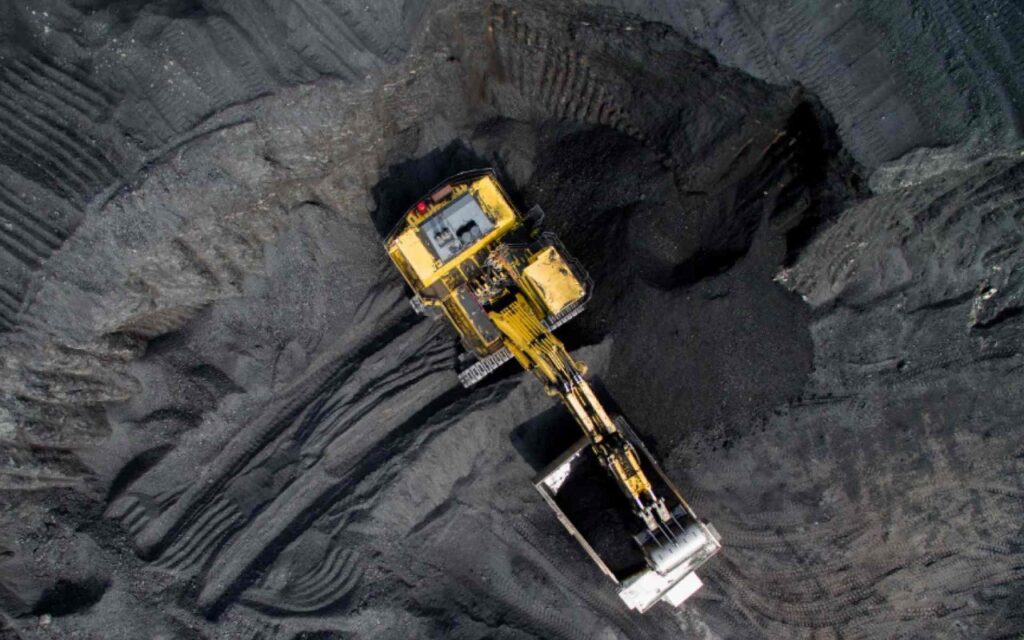
Wednesday, 12th March 2025

By Inafrika Reporter
CAPE TOWN, South Africa – Malawi’s rapidly expanding mining sector is capturing global investor interest, with projections indicating up to $30 billion in mineral exports between 2026 and 2040. According to the World Bank, the country’s annual mining revenues are expected to reach $3 billion by 2034, with the sector contributing 12% of Malawi’s GDP by 2027. As mining prospects continue to grow, African Mining Week in Cape Town will serve as a pivotal platform, connecting Malawian stakeholders, regulators, and international investors to drive capital inflows and foster strategic partnerships.
Malawi’s mining industry has achieved several significant milestones in 2025, attracting key global players and advancing large-scale projects aligned with the country’s Agriculture, Tourism, and Mining Strategy. Among the latest developments, Australian firm Lotus Resources secured $38.5 million in funding from First Capital Bank and Standard Bank to support the Kayelekera Uranium Project. The financing will facilitate operational readiness and equipment procurement ahead of the project’s first planned uranium production in Q3 2025, positioning Malawi as a competitive uranium producer amid surging global demand.
Sovereign Metals, backed by Rio Tinto, is accelerating the development of the Kasiya Rutile-Graphite Project, home to the world’s largest known rutile deposit and the second-largest flake graphite reserve. A recent feasibility study estimates $16.4 billion in potential revenue, while a successful test conducted in February 2025 confirmed the mine’s suitability for refractory applications. With $665 million allocated for development, Kasiya is set to become a major revenue driver for Malawi, supplying critical minerals for industrial and green energy applications.
In the rare earth sector, Lindian Resources of Australia is seeking investment partners to advance the Kangankunde Rare Earths Project. The company has awarded a $1.3 million contract to Mota-Engil for infrastructure development and civil works, moving the project forward. With rare earth elements playing a vital role in high-tech industries, clean energy, and defense applications, the Kangankunde project strengthens Malawi’s presence in the global supply chain.
Further expanding Malawi’s mining portfolio, Kula Gold and African Rare Metals formed a joint venture (JV) in January 2025 to develop the Wozi Niobium Project. The JV has applied for an exploration license and plans to initiate a $100,000 drilling program in Q2 2025. Given the increasing global demand for niobium in steel production, this project is poised to generate substantial foreign exchange earnings for Malawi.
Against this backdrop, African Mining Week will provide a critical platform for deal-making and investment, showcasing Malawi’s mineral wealth and growing prominence as a hub for critical minerals. With a heightened global focus on securing reliable mineral supplies for the energy transition, Malawi’s uranium, graphite, niobium, and rare earth deposits offer a strategic opportunity for international stakeholders seeking long-term, stable partnerships.



Felix Mnthali says:
All this seems heady news but will Malawi get real benefits from it all?
We lost badly on Kayelekera.Have we now woken up to the possibility of being screwed again?